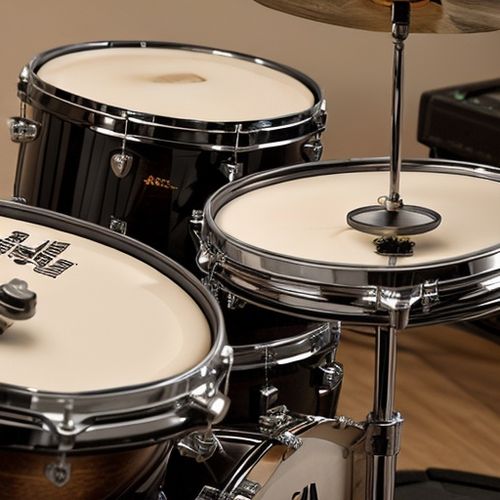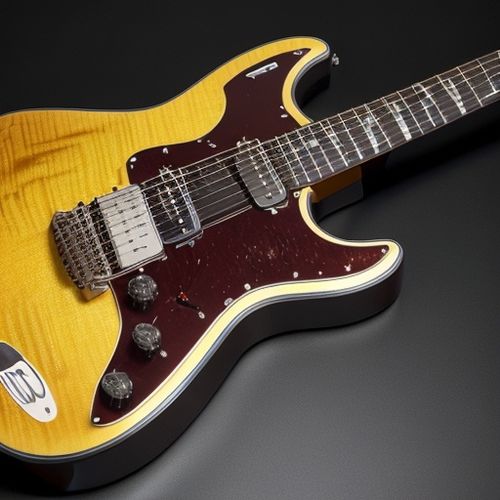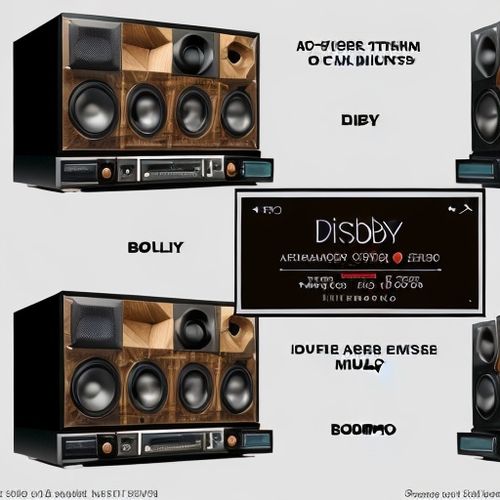The world of electric guitar pickups has witnessed countless innovations over the decades, but few have sparked as much excitement as the recent integration of graphene into their design. This revolutionary material, known for its exceptional conductivity and strength, is now being harnessed to address one of the most persistent challenges in guitar electronics: signal purity. Traditional pickups, while reliable, often introduce subtle noise and interference that can color the tone. Graphene’s unique properties promise to deliver a level of clarity previously unattainable, marking a potential turning point for musicians and manufacturers alike.
Graphene’s rise to prominence in the tech and materials science communities has been nothing short of meteoric. Composed of a single layer of carbon atoms arranged in a hexagonal lattice, it boasts unparalleled electrical conductivity, mechanical strength, and flexibility. These attributes make it an ideal candidate for improving the performance of guitar pickups, which rely on precise magnetic field detection to convert string vibrations into electrical signals. By replacing or augmenting traditional copper wire coils with graphene-based components, engineers are achieving signal paths with significantly reduced resistance and electromagnetic interference.
The implications for guitarists are profound. A pickup’s ability to faithfully reproduce the nuances of a player’s technique is paramount, and even minor signal degradation can alter the character of the sound. Graphene’s low-noise characteristics ensure that the signal remains pristine from the moment it leaves the strings until it reaches the amplifier. This is particularly beneficial for high-gain setups, where unwanted noise and hum are often amplified alongside the desired signal. Early adopters of graphene-infused pickups report a noticeable improvement in dynamic response and high-frequency clarity, describing the tone as "more open" and "true to the source."
Manufacturers are approaching this innovation from multiple angles. Some are experimenting with hybrid designs that combine graphene with traditional materials, while others are developing all-graphene pickups from the ground up. The latter approach, though more challenging, offers the greatest potential for performance gains. One notable example is a recent prototype featuring a graphene-coated coil that reduces eddy current losses—a common issue in conventional pickups that can dampen high-end frequencies. This design not only preserves tonal brightness but also enhances sustain by minimizing energy dissipation within the pickup itself.
Beyond its technical advantages, graphene’s durability addresses another longstanding issue: pickup longevity. Copper coils are susceptible to corrosion and physical wear over time, especially in humid environments. Graphene, however, is highly resistant to both environmental degradation and mechanical stress. This could translate to pickups that maintain their performance characteristics for decades, reducing the need for frequent replacements or maintenance. For touring musicians and studio professionals, this reliability is as valuable as the tonal improvements.
The adoption of graphene in pickups also aligns with broader trends in the music industry toward sustainability. Traditional pickup manufacturing relies heavily on copper, the extraction and processing of which carry significant environmental costs. Graphene, while still requiring energy-intensive production methods, offers a path toward more eco-friendly electronics as synthesis techniques improve. Some companies are already exploring ways to recycle graphene components, further reducing the ecological footprint of their products.
Of course, challenges remain. Scaling up graphene production to meet the demands of the musical instrument market is no small feat, and current costs are prohibitive for all but boutique pickup makers. However, as with any emerging technology, economies of scale and advancing manufacturing processes are expected to bring prices down over time. There’s also the question of how graphene pickups will be received by traditionalists who swear by the vintage tones of classic designs. Yet, if early feedback is any indication, the improved performance may win over even the most skeptical players.
Looking ahead, the integration of graphene into guitar pickups represents more than just a incremental upgrade—it’s a reimagining of what’s possible in electric guitar design. As research continues and more companies enter the space, we can anticipate further refinements and perhaps entirely new pickup architectures leveraging this remarkable material. For now, one thing is clear: the pursuit of perfect signal purity has found a powerful ally in graphene, and the sonic landscape of electric guitars may never be the same.

By Olivia Reed/Apr 13, 2025

By William Miller/Apr 13, 2025

By Amanda Phillips/Apr 13, 2025

By Megan Clark/Apr 13, 2025

By Joshua Howard/Apr 13, 2025

By Samuel Cooper/Apr 13, 2025

By Elizabeth Taylor/Apr 13, 2025

By Eric Ward/Apr 13, 2025

By Emma Thompson/Apr 13, 2025

By Noah Bell/Apr 13, 2025

By Sarah Davis/Apr 13, 2025

By Eric Ward/Apr 13, 2025

By Daniel Scott/Apr 13, 2025

By Benjamin Evans/Apr 13, 2025

By Elizabeth Taylor/Apr 13, 2025

By Grace Cox/Apr 13, 2025

By Megan Clark/Apr 13, 2025

By Benjamin Evans/Apr 13, 2025

By Thomas Roberts/Apr 13, 2025

By Sarah Davis/Apr 13, 2025